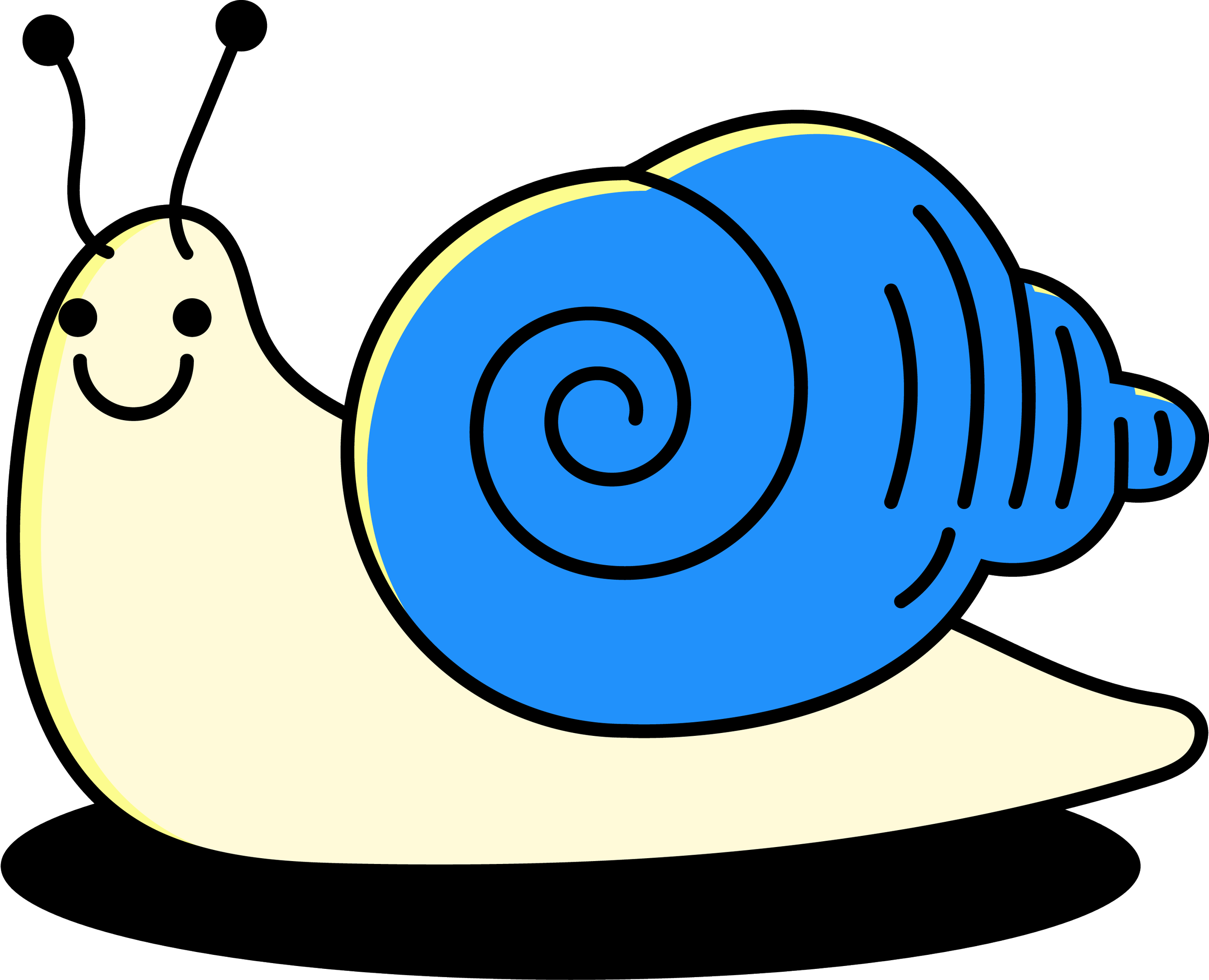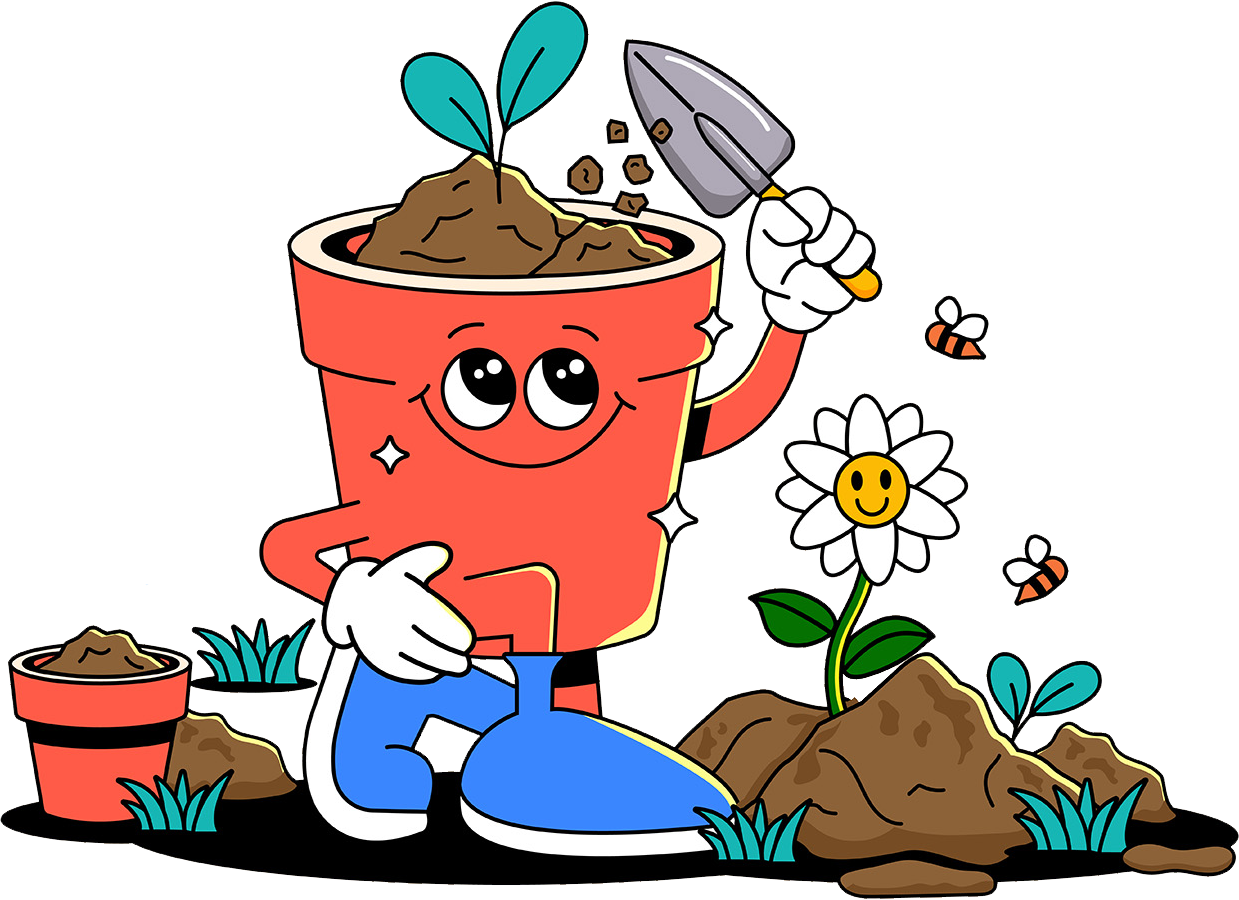Sage
FULL SUN
6+ hours of direct sunlight daily
☼ Built for brightness & heat ☼
In lower light conditions, sage can become leggy, pale and lose its earthy flavor.
Sage can typically tolerate intense heat as long as it is holding onto some water and has good drainage. If you notice sage leaves drooping or crisping, give it some shade and water.
Keep soil dry
This is a drought-tolerant plant
Overwatering sage is a common issue and should be avoided. It is the quickest way to develop root rot and other issues. Make sure its pot has good drainage and to water deeply, but only when the soil is completely dry!
Sage prefers low humidity.
Indoor humidity should be fine as long as it is not crowded with other plants. Too much moisture in the air or around the base of the plant can lead to fungal issues.
soil needs
Sage digs a dry, fast-draining mix with good airflow around the roots.
When choosing a potting mix for sage, look for mixes that include:
ᯓ Perlite and/or Coarse Sand ᯓ
Improves drainage and prevents waterlogging.
Harvesting
You can start harvesting sage when it is about 6 to 8 inches tall and has a solid base of mature leaves.
Try to harvest every 1 to 2 weeks or as needed to prevent it from getting too woody. Light, consistent pruning also delays flowering and keeps its leaves flavorful. If left untrimmed, sage can become tall and tough.
⊹ Use Clean Scissors or Fingers ⊹
Always use sanitized scissors or pinch off stems with clean hands to prevent spreading germs.
⊹ Identify the Pruning Spot ⊹
Snip off stems or individual leaves, ideally from the top third of the plant. Avoid cutting from the hardened, woody stem as it may not regrow from that point.
Cutting the soft, fresh leaves not only gives you peak flavor, it also encourages the herb to keep growing!
⊹ Flowering (Bolting) ⊹
Snip off flower buds as they appear or try to harvest leaves before sage begins to flower
(bolt). Once it has flowered, the herb may become less aromatic.
Feel free to keep it flowering for pollinators or to collect seeds!
Common Issues
-
Likely due to not enough harvesting/pruning.
Make sure to trim lightly and regularly (every 2 weeks or so).
Keep in mind, as sage matures, it naturally becomes woodier. Continue to cut back on the green growth only, not into the wood base.
-
Likely due to not enough sunlight.
If you notice your sage is growing slowly or looking leggy, try moving it to a sunnier spot to soak up more rays.
-
A sign of overwatering or poor drainage. Soil that has been overwatered can lead to root rot and sickly leaves.
Remove affected leaves. Dry out the soil completely.
If the problem persists, remove plant from pot, trim away dead, mushy roots, and repot in fresh soil.
-
Usually caused by high humidity and low airflow.
Remove affected leaves.
Avoid misting or overhead watering sage to prevent moisture on its leaves. If grown indoors, improve airflow by placing near a fan or giving it space from other plants.
-
Often due to low light, overwatering or not harvesting enough.
The keys to flavorful sage:
Lots of sunshine
Water when soil is completely dry
Regular pruning
Sometimes issues can be the result of a pest infestation. Make sure to watch out for these creepy crawlers:
𖢥 Aphids
Pet Safe
Sage is a non-toxic herb that is considered a safe herb to grow indoors or outdoors in pet-friendly spaces.












